Can someone tell me if this dark ring is obstruction? Could it be leakage? I am unable to get an Idealscope/ASET image from JA, due to the work load that they have, at this time. The photo attached is from the site, that I took from the revolving clip, that JA offers. I have done some looking around online, but can't get a definitive answer, as to what I am seeing. Please take a look at the image and numbers below, and let me know if something stands out. As always, I appreciate all input. (The mounting will be a four prong 1.5mm solitaire.) If it is too deep, shallow, bad angles, etc., please explain.
0.91 ct. H VVS2 GIA Triple Ex.
58% Table
61.1% Depth
34.5 deg. CA
41 deg. PA
14.5% Crown height
43% Pav. depth
Stars 50%
LGH 80%
Med Girdle (3.5%)
Fluorescence - Faint
HCA - 1.9
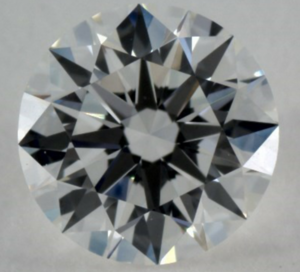
0.91 ct. H VVS2 GIA Triple Ex.
58% Table
61.1% Depth
34.5 deg. CA
41 deg. PA
14.5% Crown height
43% Pav. depth
Stars 50%
LGH 80%
Med Girdle (3.5%)
Fluorescence - Faint
HCA - 1.9


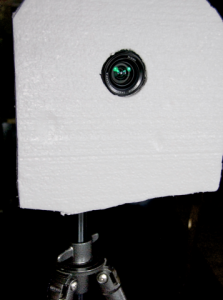
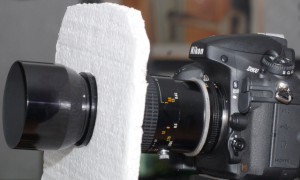
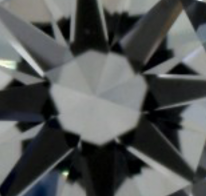
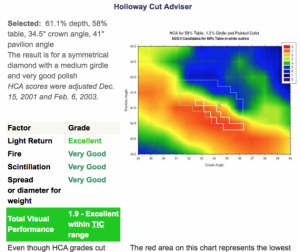
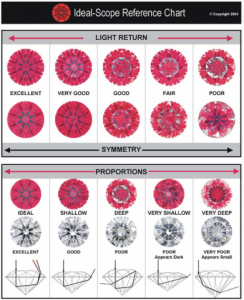
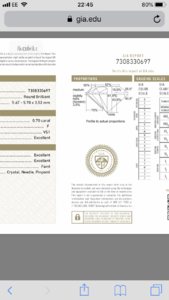
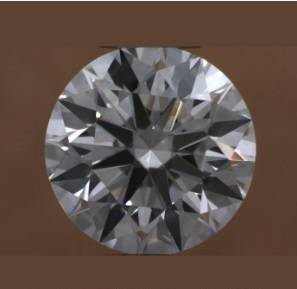


300x240.png)